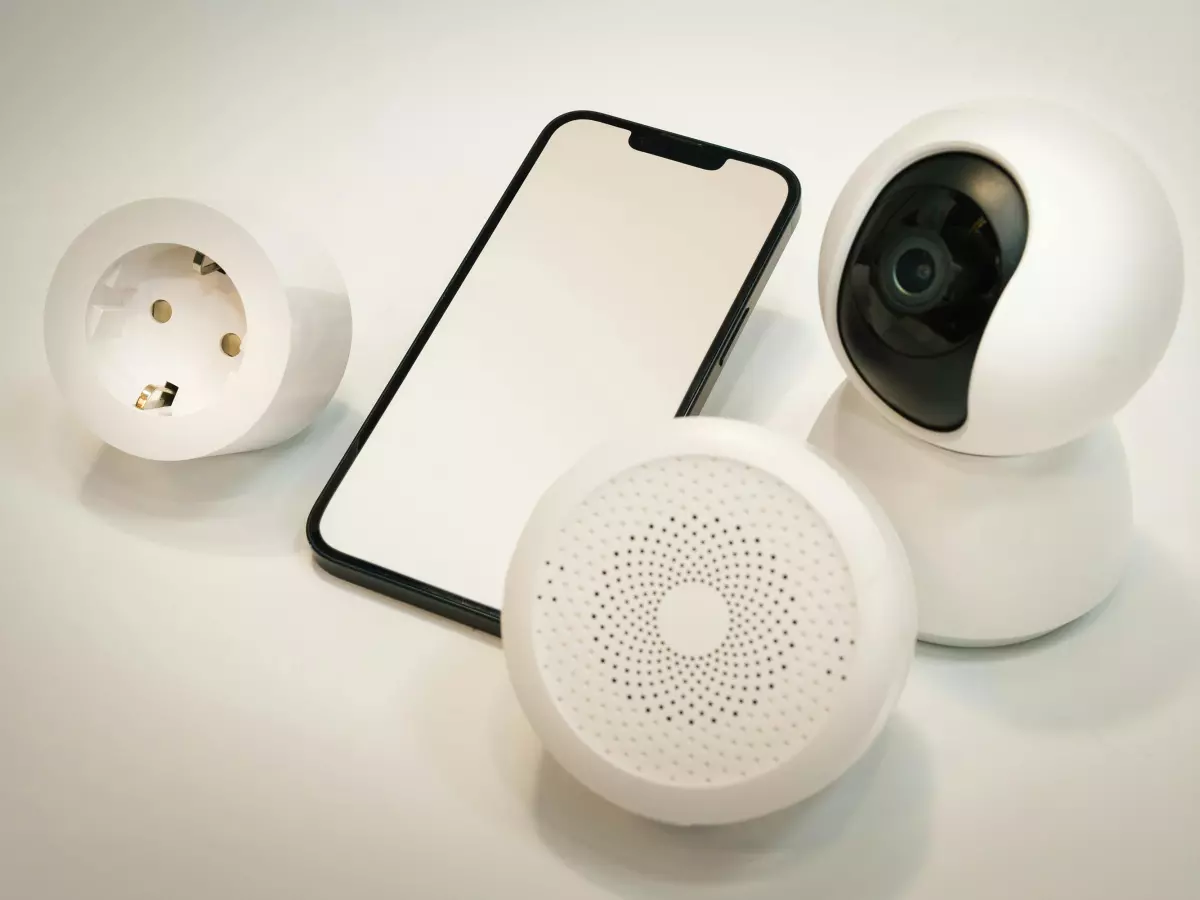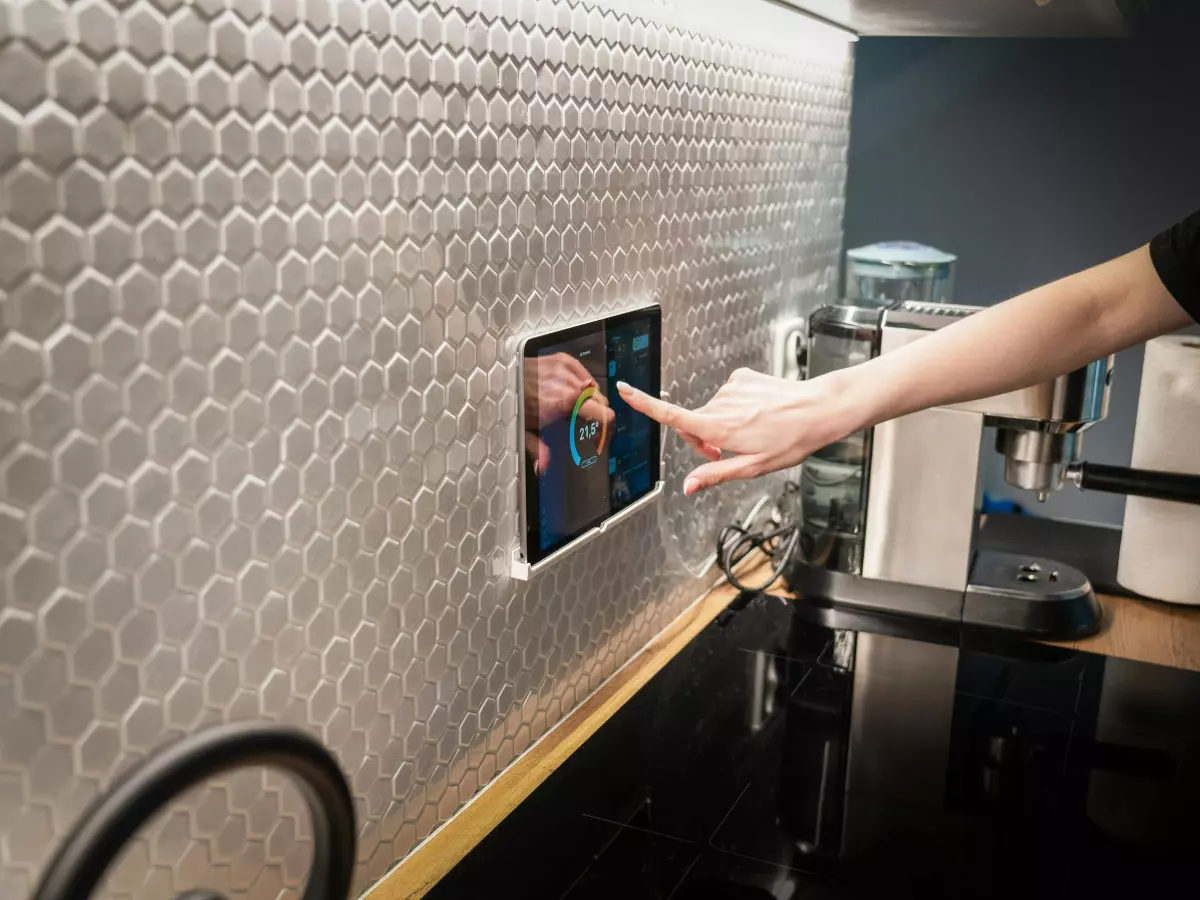Low-Power Revolution
Think all smart home devices are power-hungry? Think again. The real innovation in smart homes isn't just about flashy features—it's about how little power they can use to keep your home connected.

By Sophia Rossi
Picture this: You’ve just installed a brand-new smart thermostat, a few smart bulbs, and a couple of security cameras. Everything’s running smoothly, but a week later, you’re already swapping out batteries in your motion sensors. Frustrating, right? You might think the problem is with the device itself, but the real culprit could be the communication protocol it’s using.
Smart home devices are constantly communicating with each other, and that requires energy. But not all communication protocols are created equal. Some are power-hungry, while others sip energy like a fine espresso. Enter low-power protocols—the unsung heroes of the smart home revolution.
What Are Low-Power Protocols?
Low-power protocols are communication standards designed to minimize energy consumption while maintaining reliable connectivity between smart home devices. These protocols are especially important for battery-powered devices like sensors, locks, and cameras, which need to last for months or even years without frequent battery replacements.
Think of low-power protocols as the marathon runners of the smart home world. They’re not about speed or flashy features; they’re about endurance. They ensure your devices stay connected without draining their batteries too quickly.
Why Do Smart Homes Need Low-Power Protocols?
Let’s face it: No one wants to be constantly changing batteries or dealing with devices that suddenly lose connection because they’ve run out of juice. Low-power protocols solve this problem by optimizing how devices communicate, reducing the amount of energy they consume.
Here’s why low-power protocols are a game-changer for smart homes:
- Extended Battery Life: Devices using low-power protocols can last significantly longer on a single battery charge. This is especially important for devices like door locks, motion sensors, and security cameras, which are often placed in hard-to-reach areas.
- Improved Efficiency: Low-power protocols ensure that devices only use energy when they need to communicate, rather than constantly draining power. This leads to a more efficient smart home ecosystem.
- Seamless Connectivity: Despite their low energy consumption, these protocols still provide reliable, consistent connectivity between devices, ensuring your smart home runs smoothly.
Popular Low-Power Protocols in Smart Homes
There are several low-power protocols that are commonly used in smart home devices. Each has its own strengths and weaknesses, but they all share the goal of minimizing energy consumption:
- Zigbee: One of the most popular low-power protocols, Zigbee is known for its ability to connect a large number of devices in a mesh network. It’s highly efficient and can support devices that need to communicate frequently without draining their batteries.
- Z-Wave: Another popular low-power protocol, Z-Wave is similar to Zigbee but operates on a different frequency. It’s known for its reliability and ability to penetrate walls and other obstacles, making it ideal for larger homes.
- Thread: A newer protocol, Thread is designed specifically for smart home devices. It’s low-power, secure, and scalable, making it a great choice for future-proofing your smart home.
- Bluetooth Low Energy (BLE): While Bluetooth is often associated with headphones and speakers, BLE is a low-power version that’s perfect for smart home devices. It’s commonly used in devices like smart locks and fitness trackers.
How Low-Power Protocols Impact Device Interoperability
One of the biggest challenges in the smart home world is ensuring that devices from different manufacturers can work together seamlessly. Low-power protocols play a crucial role in this by providing a common language for devices to communicate.
For example, Zigbee and Z-Wave are widely supported by a variety of smart home hubs, allowing devices from different brands to work together. Thread, while newer, is gaining traction and is expected to become a key player in the smart home ecosystem.
However, not all low-power protocols are created equal when it comes to interoperability. Some, like BLE, are more limited in terms of the number of devices they can connect to at once. This is something to keep in mind when choosing devices for your smart home.
The Future of Low-Power Protocols
As smart homes become more advanced, the demand for low-power protocols will only increase. We’re already seeing the development of new protocols like Matter, which aims to unify the smart home ecosystem by providing a common standard for devices to communicate.
Matter is designed to work with existing low-power protocols like Thread and Wi-Fi, ensuring that devices can communicate efficiently without draining their batteries. This is a huge step forward for the smart home industry and will likely lead to even more energy-efficient devices in the future.
Conclusion: A Low-Power Future
So, the next time you’re setting up a smart home device, take a moment to think about the protocol it’s using. Is it optimized for low power? Will it drain your batteries faster than you can replace them? Choosing devices that use low-power protocols can save you time, money, and frustration in the long run.
Remember, it’s not just about having the latest and greatest gadgets—it’s about making sure they work efficiently and seamlessly together. And that’s where low-power protocols come in.
In the end, smart homes aren’t just about convenience; they’re about creating a connected, energy-efficient environment that works for you. And that’s a future we can all get behind.
Funny story: I once had a smart door lock that would die every two weeks. I was convinced it was defective until I realized it was using a power-hungry protocol. After switching to a low-power alternative, the battery lasted over six months! Lesson learned: sometimes, it’s the little things—like protocols—that make the biggest difference.





